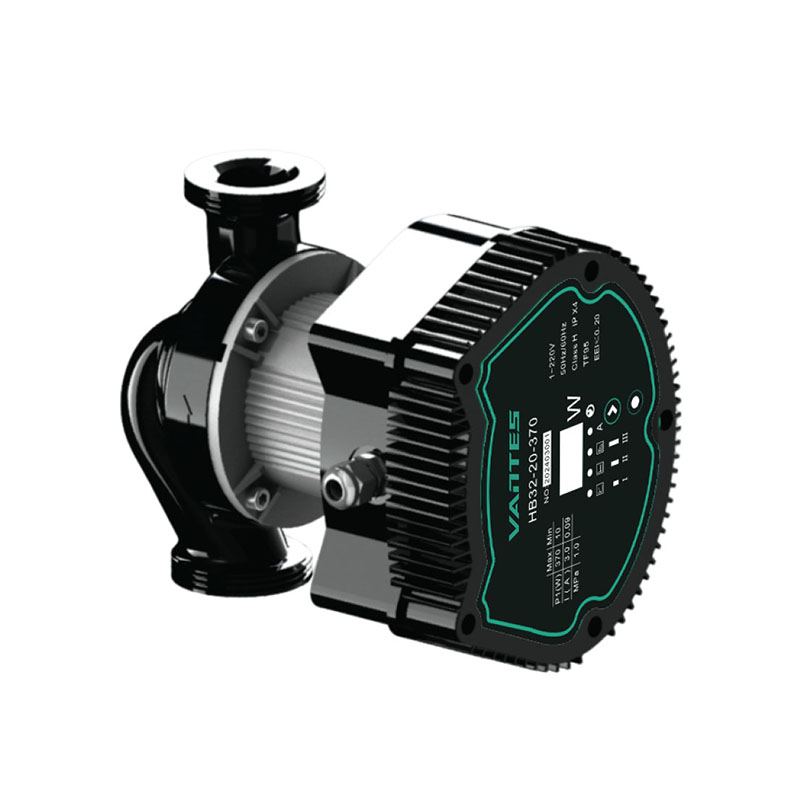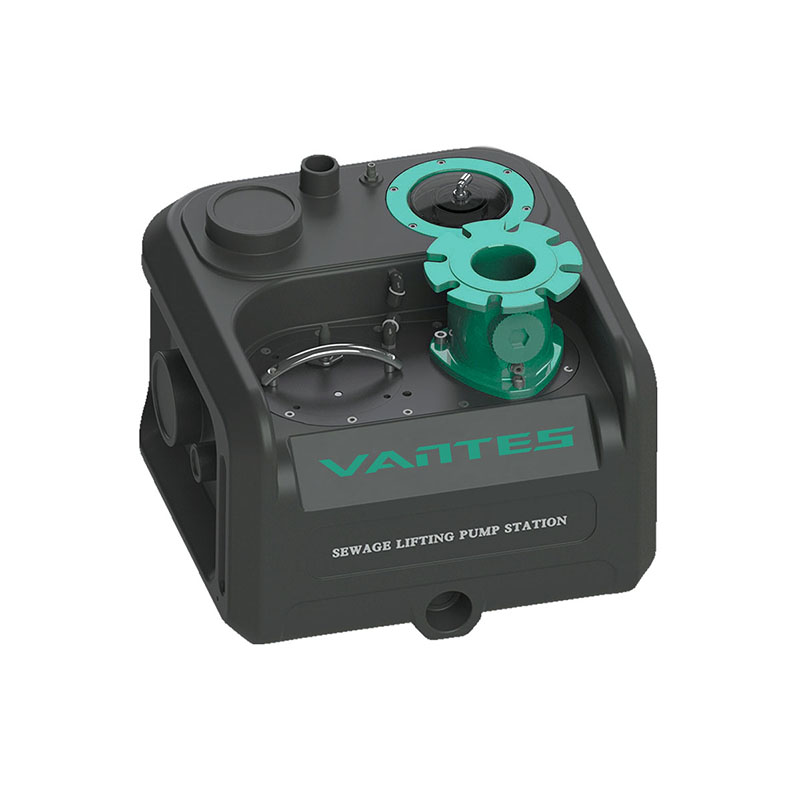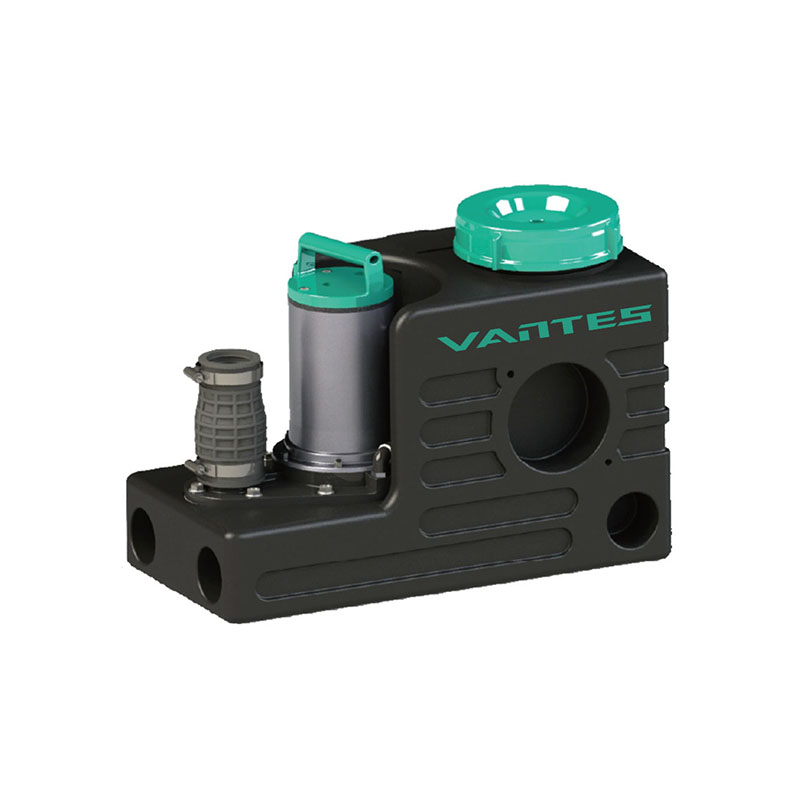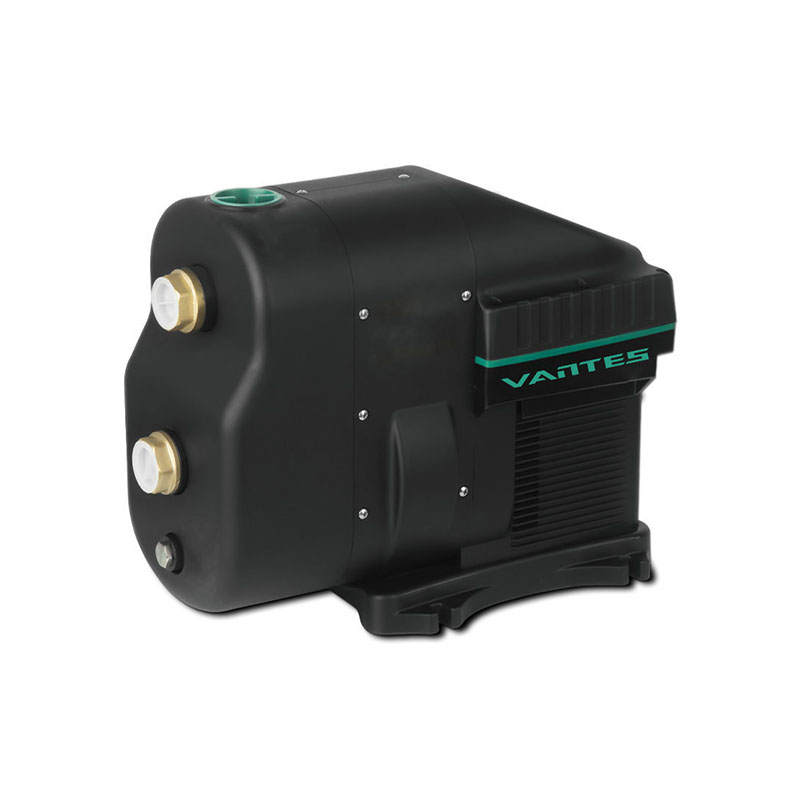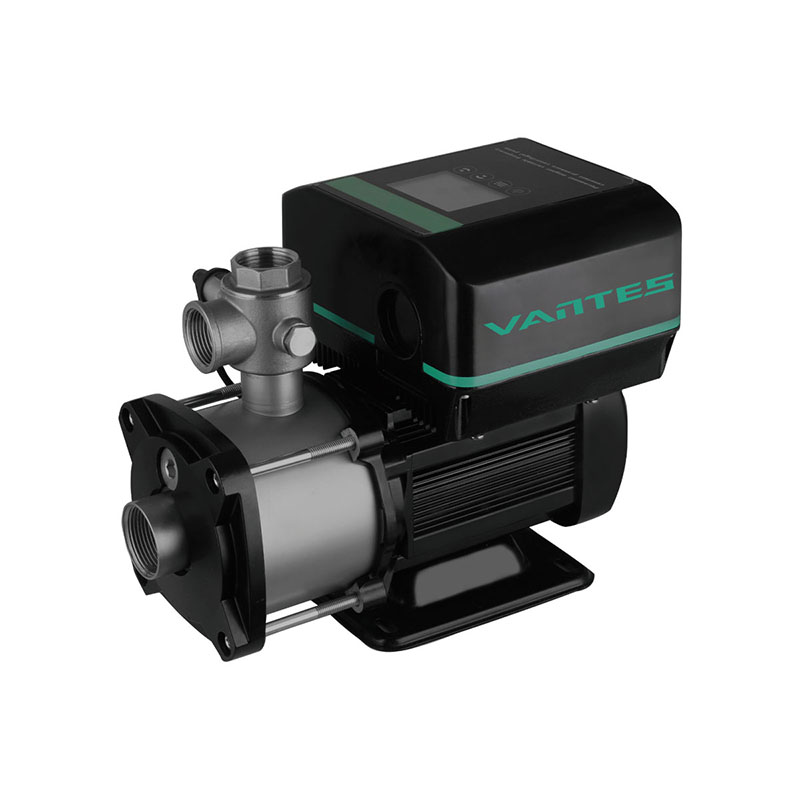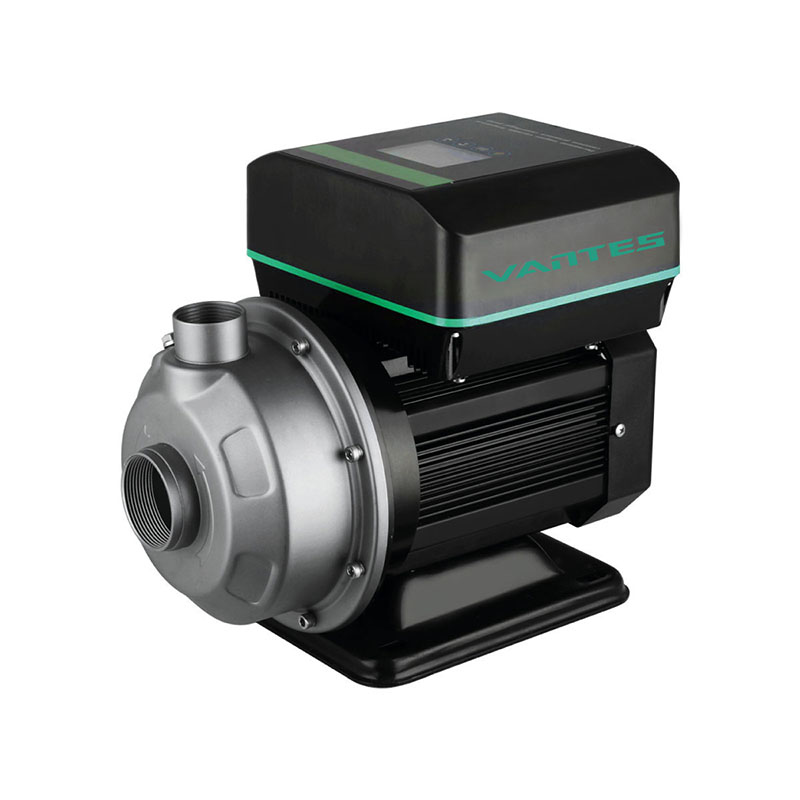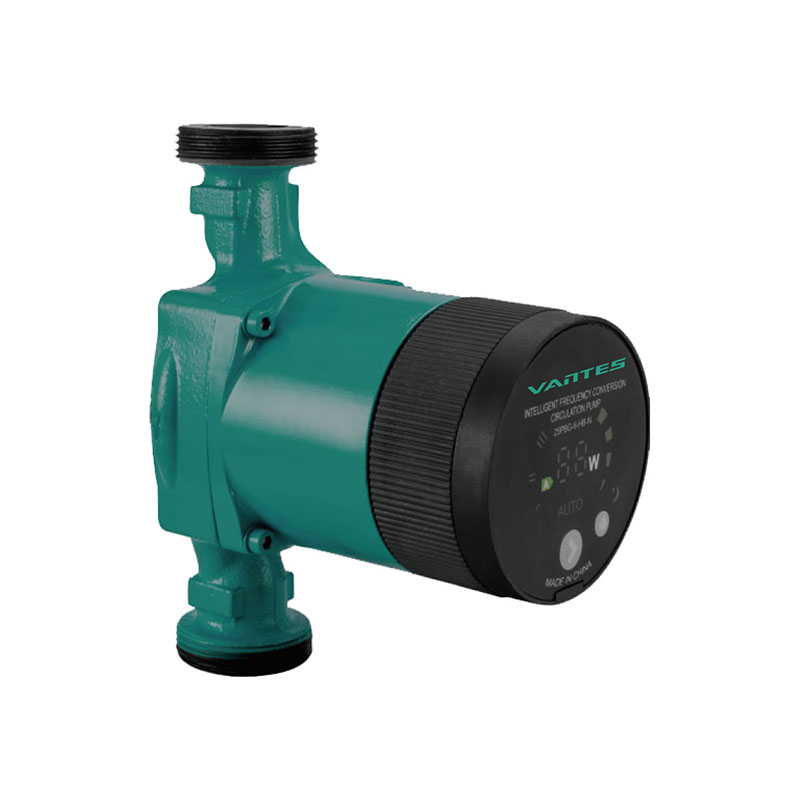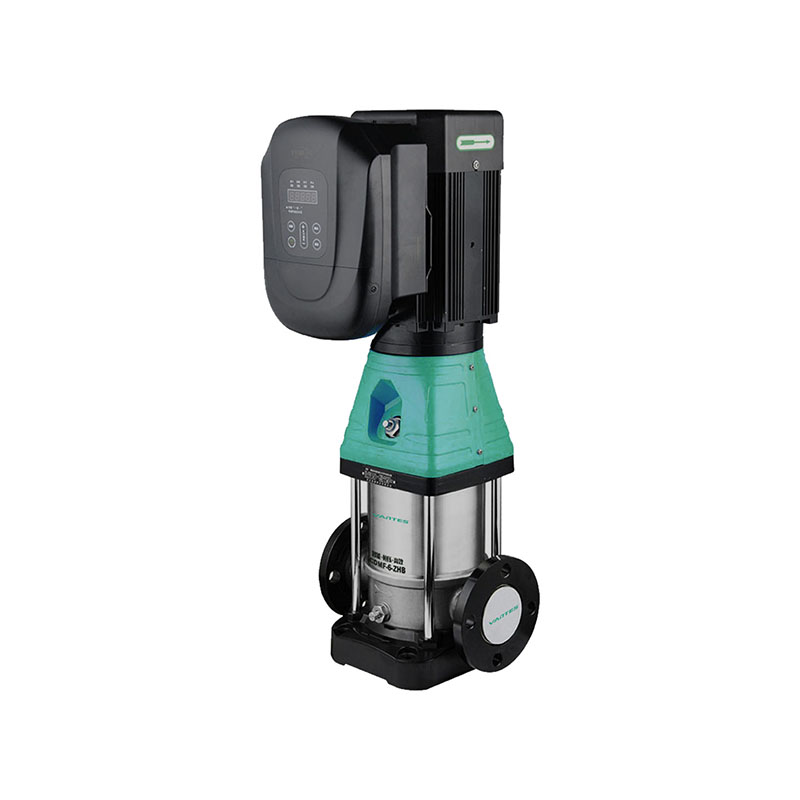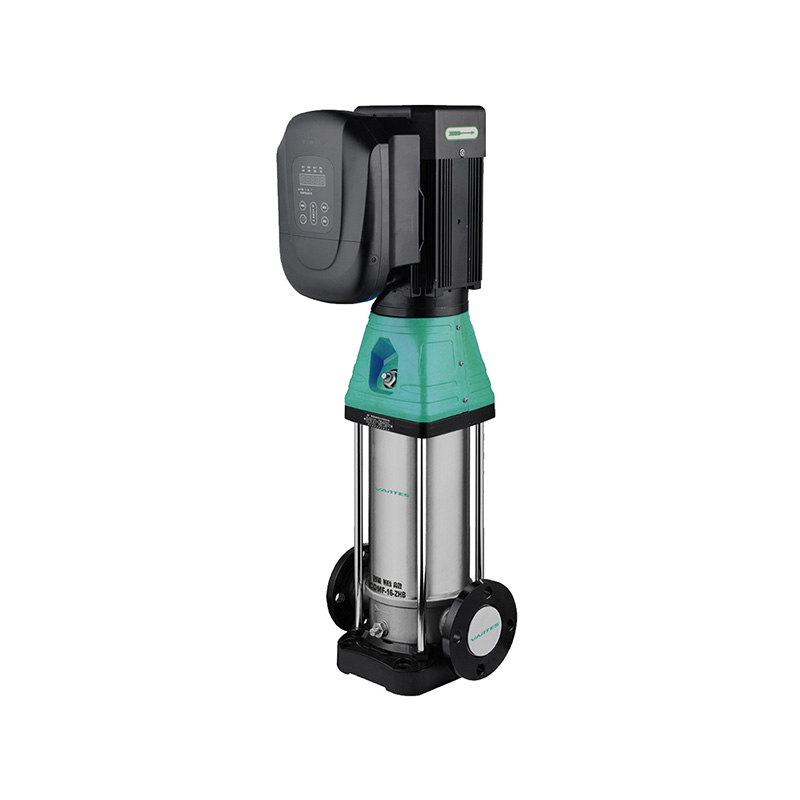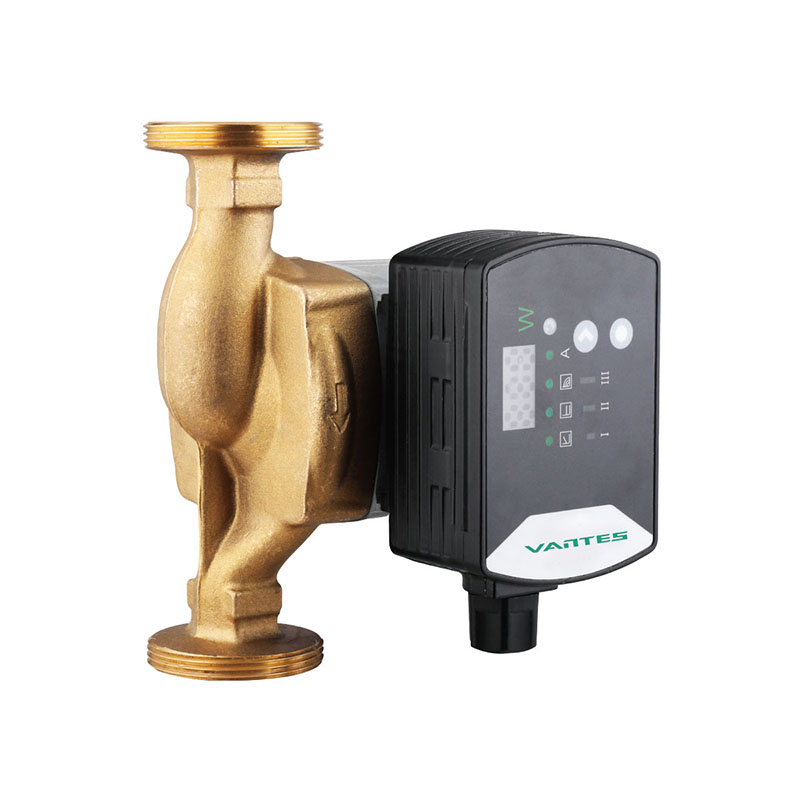Booster pumps are essential components in many water supply systems, increasing water pressure and ensuring smooth water flow. Whether you have a centrifugal booster water pump or a mult-stage centrifugal pump, proper installation is critical to ensure optimal performance and long-term reliability. This article provides practical tips for successfully installing a booster pump, helping users avoid common mistakes and improve system efficiency.
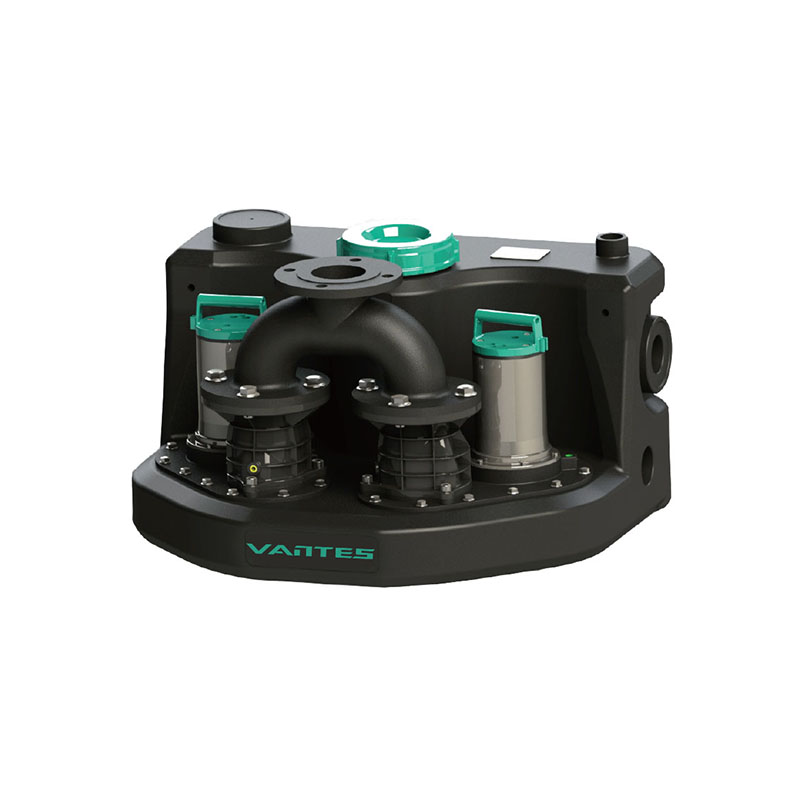
Understand Pump Types and Applications
Before you begin installation, it is important to choose the right pump type for your application. Centrifugal booster pumps are designed to increase pressure in a variety of systems, such as domestic water supply systems, irrigation, and industrial processes. Multistage centrifugal pumps have multiple impellers and are particularly suitable for applications that require higher pressures, such as large water distribution systems or high-rise buildings.
Each pump type has specific requirements in terms of pressure, flow, and installation space. Understanding these parameters will help determine the correct location and installation process.
Choosing the Right Location
Choosing the right booster pump installation location is a key step in ensuring its smooth operation. The location should provide enough space for the pump and facilitate maintenance and repairs. In addition, the area should be well ventilated to prevent overheating of the motor and components.
For centrifugal booster water pumps, the installation location should be close to the water source, as the pump is designed to increase the pressure of the delivered water. However, when installing multi-stage centrifugal pumps, which are often used in high-pressure applications, it is critical to ensure that the pump is installed in an environment that can withstand the high pressure output.
It is also important to ensure that the pump is installed on a flat, stable surface. Uneven ground can cause the pump to vibrate, resulting in inefficient operation and increased wear.
Proper Piping and Connections
One of the most important aspects of installing a booster water pump is ensuring that the piping is correctly sized and connected. The diameter of the inlet and outlet pipes should match the specifications provided by the pump manufacturer. Incorrect pipe sizes can lead to inefficiencies in water flow, causing the pump to work harder and consume more energy.
For multi-stage centrifugal pumps, it is especially important to pay attention to the pressure requirements of each stage. If the piping is not able to accommodate the pressure levels, it could result in system failures or damage to the pump. Use high-quality piping materials that can withstand the pressures expected in the system, and ensure all connections are secure to prevent leaks.
Another consideration is the use of check valves, which are essential to prevent backflow in the system. This is particularly important for systems using multi-stage centrifugal pumps, as pressure fluctuations can occur during operation. Installing check valves at the appropriate locations helps maintain consistent pressure and flow throughout the system.
Electrical and Power Supply Requirements
Booster water pumps, especially multi-stage centrifugal models, require a stable and appropriate power supply to operate effectively. Ensure that the power supply voltage matches the specifications of the pump motor. Additionally, make sure that the electrical wiring is capable of handling the current requirements, and use proper grounding to avoid electrical hazards.
If the pump is equipped with a variable frequency drive or any control system, ensure that these components are correctly wired and calibrated. VFDs help optimize energy use by adjusting the pump speed based on demand, reducing energy consumption during low-demand periods.
System Integration and Pressure Settings
Once the pump is installed, it is important to integrate it properly into the existing water supply system. For centrifugal booster pumps, this typically involves ensuring that the pump is connected to the water source and the distribution system in such a way that the pressure is evenly distributed.
Multi-stage centrifugal pumps may require additional components, such as pressure tanks, pressure relief valves, or flow meters, to monitor and control the system’s pressure. Pressure settings should be carefully adjusted according to the system’s specifications. Incorrect pressure settings can cause the pump to operate inefficiently or result in system malfunctions.
It is also important to check for any air pockets in the system. Air trapped in the pipes can cause the pump to lose suction, leading to dry running, which can damage the pump. To avoid this, ensure that the system is properly purged of air before turning the pump on.
Testing and Monitoring Performance
Once the installation is complete, perform a series of tests to ensure the system is functioning properly. Begin by checking for leaks in the pipes and fittings, as even small leaks can result in significant energy loss over time. Also, monitor the pump’s pressure and flow rate to ensure that they match the expected values.
For multi-stage centrifugal pumps, test each stage individually to verify that the pressure output aligns with the design specifications. Use monitoring equipment, such as pressure gauges and flow meters, to gather data on the system's performance.
Regularly monitoring the performance of the pump after installation is essential to detect any issues early. Over time, even well-installed pumps may experience wear and tear, so performing routine checks on the system can help prevent unexpected downtime and costly repairs.
Maintenance Considerations
Proper maintenance is key to extending the life of booster water pumps. After installation, create a maintenance schedule that includes tasks such as checking for leaks, cleaning the pump, inspecting the electrical components, and verifying pressure settings. Regular maintenance helps ensure that the pump continues to operate at its full capacity and reduces the likelihood of failure.
In multi-stage centrifugal pumps, it’s also important to periodically inspect the impellers and seals to ensure they are in good condition. Wear and tear on these components can lead to reduced efficiency and, if left unchecked, can cause damage to the entire pump.

